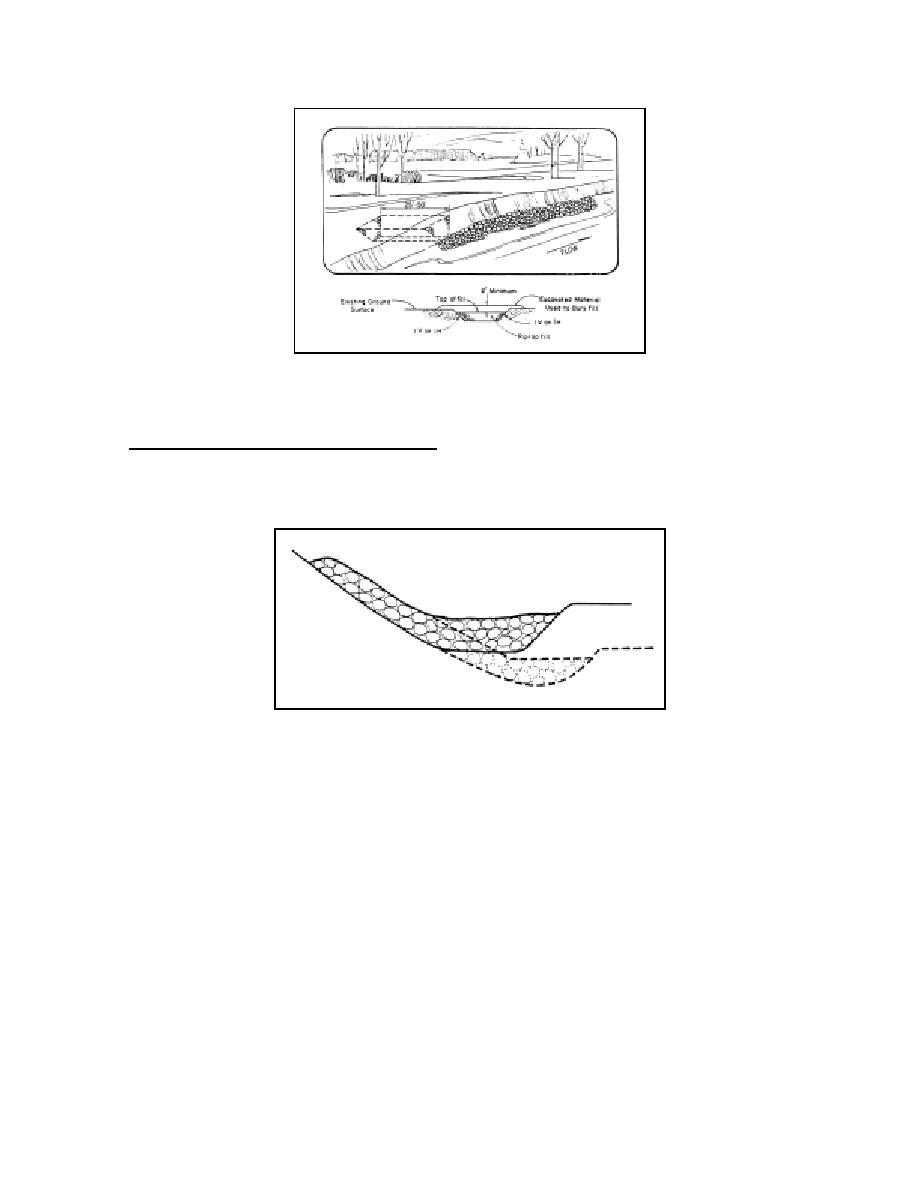
Figure 6.16. Tie-in trench to prevent riprap blanket from unraveling (after Keown 1983).
Rock-fill Trenches and Launching Aprons. Rock-fill trenches are structures used to protect
banks from caving caused by erosion at the toe. A trench is excavated along the toe of the
bank and filled with riprap as shown in Figure 6.17.
Figure 6.17. Rock-fill trench.
As the stream bed adjacent to the toe is eroded, the toe trench is undermined and the rock fill
slides downward to pave the bank. The size of trench to hold the rock fill depends on expected
depths of scour. It is advantageous to grade the banks before paving the slope with riprap and
placing rock in the toe trench. The slope should be at such an angle that the saturated bank is
stable while the river stage is falling.
The rock-fill trench need not be at the toe of the bank. An alternative method is to excavate a
trench above the water line along the top of the river bank and backfill with rocks. Then as the
bank erodes toward the trench, the rocks in the trench slide down and pave the bank. This
method is applicable in areas of rapidly eroding banks of medium to large size rivers.
Launching aprons can provide similar protection against undermining for channel banks and
revetment. A flexible launching apron is placed horizontally on the bed at the foot of the
revetment, so that when scour occurs the materials will settle and cover the side of the scour
hole on a natural slope. This method is generally the most economical for cohesionless
channel beds where deep scour is expected. Materials used for launching aprons include
6.31




 Previous Page
Previous Page
